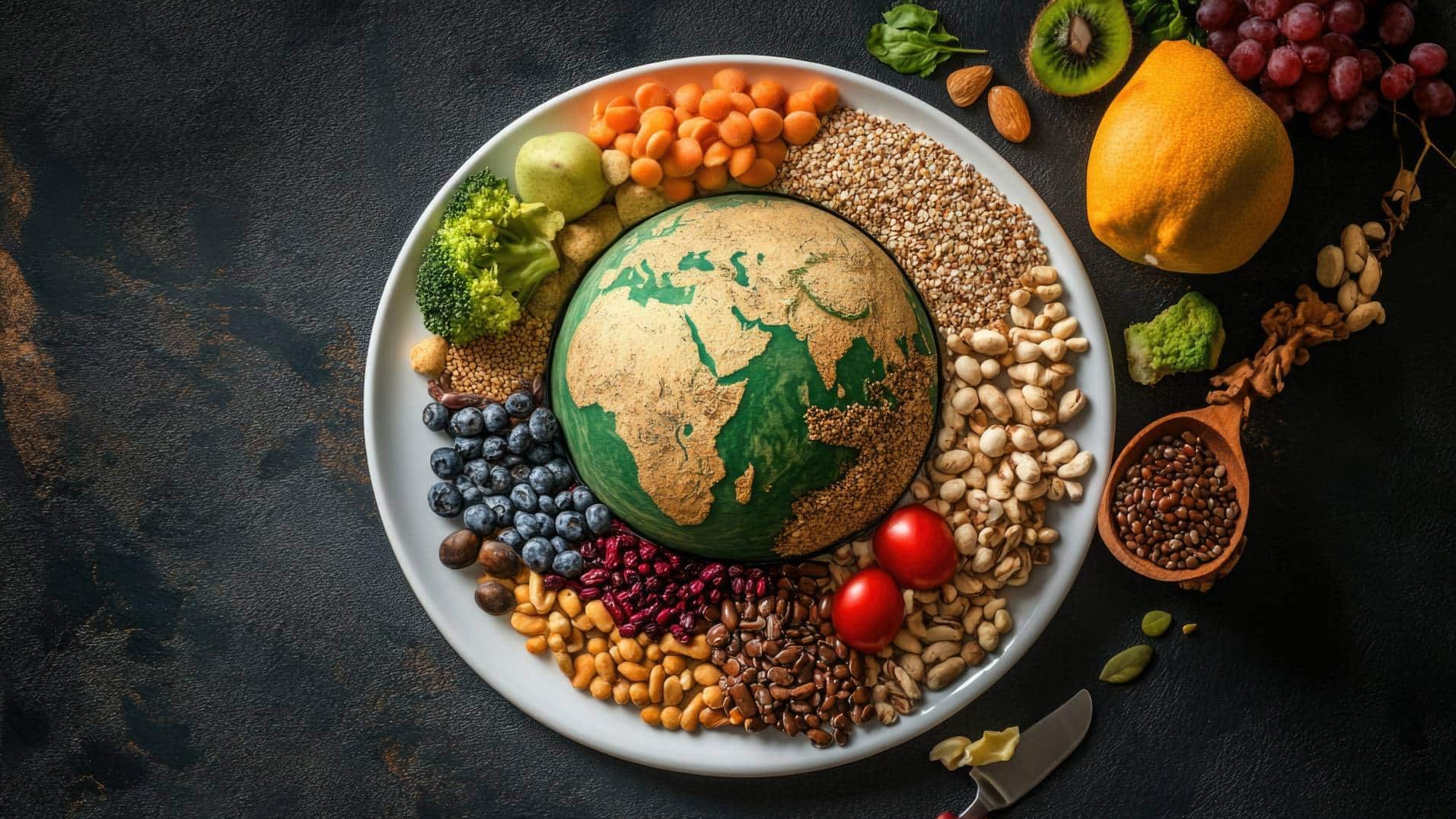On September 17, the Gates Foundation published the 2024 Goalkeepers report and it focused on malnutrition. The report explains that globally, more than 400 million children are not getting enough nutrients to thrive. It states, “When a child dies, half the time the underlying cause is malnutrition,” and climate change will only exacerbate the issue. Bill Gates–co-chair of the foundation and author of the report–deems malnutrition to be the “world’s worst child health crisis.” The issue of malnutrition is so important that if Bill Gates is given a magic wand he would use it to “solve malnutrition.”
In all, the report does a great job of highlighting the importance of malnutrition and mentions some innovative solutions–fortified bouillon cubes, improved dairy production, and the addition of folic acid to salts–that are having a significant impact on this global problem.
As I reflected on the report, I couldn’t help but ask: Why are most development projects unsuccessful? Even the “successful” ones succeed only for a period and then become unsustainable, especially when donors cut their funding.
In the 2022 Goalkeepers report, I was struck by a quote by Bill Gates on aid: “The goal [of aid] should not simply be giving more food aid. It should be to ensure no aid is needed in the first place.” That begs the question: if aid were working, why does it continue to increase, not decrease? My experience building wells (unsuccessfully) in poor communities provides some insight to that question.
Outcomes versus solutions
The first time I visited a village in Nigeria where people had no access to water, I instantly wanted to solve the problem. The solution seemed simple enough: build a water well. So that’s what some friends and I did.
About six months after the first drop of water flowed from the well, it broke. Undeterred, we hired someone to fix the well and water flowed again, but this time only for a couple of months. After building five wells in different communities, and seeing virtually all break, I thought we were just unlucky and grossly inexperienced. But I was wrong. Globally, there are tens of thousands of broken wells that were built by more experienced people and organizations. True, we were inexperienced, but this was also happening to experienced folks. I needed to understand why our solution was inadequate.
And then it hit me, I had confused the outcome of what I wanted for the people in the community (free-flowing water) with the solution. As it turns out, the solution to many development challenges–education, healthcare, inefficient bureaucracies, infrastructure, corruption, hunger, and malnutrition–may not simply be the provision of the resources lacking. Unfortunately, this is what many development programs do–they mistake the solution to a problem for the outcome they want to achieve. My failure to sustainably provide water in these communities taught me the difference between outcomes and solutions.
Outcomes–like water, education, or healthcare for all–are universal and context agnostic; solutions are unique and context specific. Outcomes do not often elicit debate; solutions do. Outcomes can be defined, discussed, and determined from afar; solutions necessitate the integration of our lives with those we seek to serve. In sum, outcomes represent destinations; solutions are the journeys we take. A solutions-oriented approach requires on-the-ground innovators to understand the local context and struggles, and develop innovations to solve the problem. In the case of water access for example, organizations like Water4 are providing sustainable solutions in poor communities.
In our book, The Prosperity Paradox: How Innovation Can Lift Nations Out of Poverty, we describe push and pull strategies that align with the idea of outcomes and solutions.
Applying this thinking to the 2024 Goalkeepers report focused on malnutrition, I think the outcome most reasonable people want is for children all over the world to have access to nutritious meals that will improve their lives. The solution to the problem, however, should not be to–with the best of intentions–push nutrition interventions into many poor communities. This will undoubtedly have a positive effect in the short term. But in the long run, it will cause communities to become more dependent on donors, and will ultimately lead to unsustainability. It will not fundamentally transform economies. Even the Goalkeepers report highlights the fact that “foreign aid to Africa has dropped from nearly 40% to only 25%–the lowest in 20 years.” The solution may involve investing to create economic prosperity for parents so they, in turn, can provide nutritious meals for their children.
In his paper, Economic growth is enough and only economic growth is enough, development economist Lant Pritchett demonstrates that countries capable of creating and sustaining economic growth can effectively eliminate poverty and its associated challenges, including inadequate education, poor healthcare, and malnutrition.
As I consider the problem of malnutrition globally, I wonder what would happen if more organizations in global development focused on creating dignified and fulfilling employment opportunities for hundreds of millions of people living in poverty? How might that solve our malnutrition problem?


